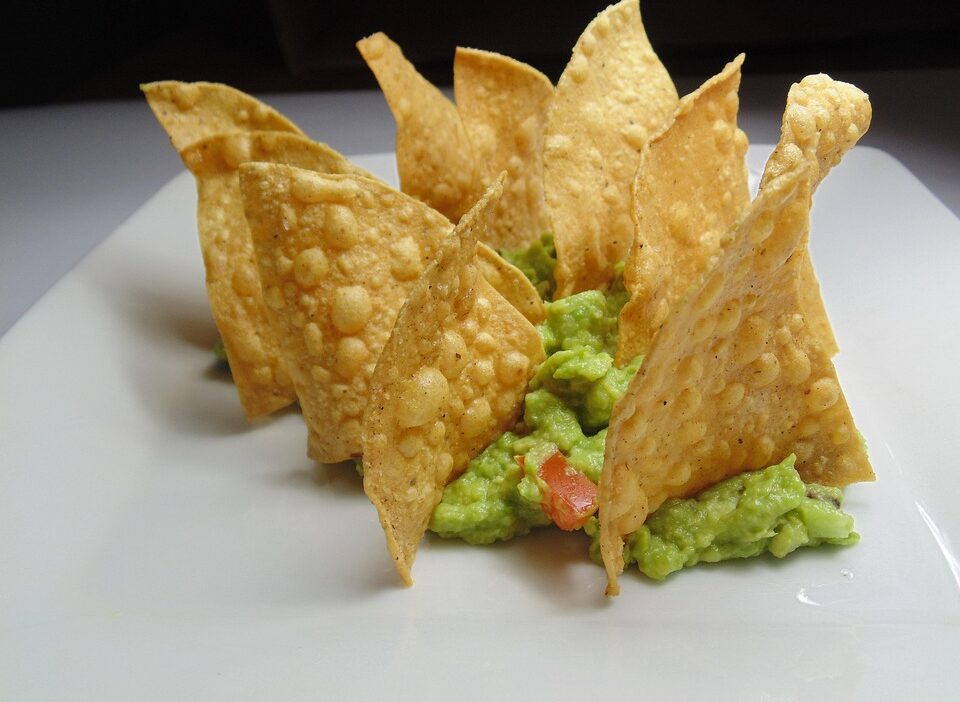Mole. Just the word evokes a sense of culinary mystique and rich tradition. Deeply rooted in Mexican culture, this sauce is more than just an ingredient; it embodies history, artistry, and a celebration of flavors. As we delve into the enchanting world of mole, we uncover the secrets that make it one of Mexico’s most iconic sauces.
A Brief History of Mole
The origins of mole can be traced back to pre-Hispanic times, rooted in the culinary practices of indigenous peoples. The word "mole" comes from the Nahuatl word "mōlli," which means sauce or concoction. Originally, these sauces were created using ground chilies, spices, and other locally sourced ingredients.
The Spanish conquest in the 16th century introduced new components like chocolate and various spices, transforming mole into the complex and diverse sauce we know today. Each region in Mexico boasts its own variation, which not only reflects local ingredients but also the rich tapestry of stories and cultures that comprise Mexican heritage.
The Ingredients: A Complex Symphony
Mole recipes can be as intricate as a symphony, combining dozens of ingredients to achieve a harmonious balance. While there are countless variations, some key components typically found in mole include:
-
Chilies: Various types of dried and fresh chilies, such as ancho, pasilla, or chipotle, are crucial. They impart heat and depth, with flavors ranging from fruity to smoky.
-
Chocolate: Unsweetened chocolate, often from traditional sources, adds richness and depth, balancing the heat of the chilies.
-
Nuts and Seeds: Almonds, sesame seeds, and peanuts contribute to the texture and richness, enhancing the overall flavor profile.
-
Spices: Common spices such as cumin, cinnamon, and allspice add warmth and complexity, weaving together sweet and savory notes.
-
Tomatoes and Onions: Fresh ingredients provide acidity, sweetness, and body.
- Herbs: Fresh herbs like cilantro or parsley can accentuate the sauce’s flavor.
The interplay of these ingredients creates a transcendent experience that elevates any dish it accompanies.
Regional Variations: A Culinary Map of Mexico
Mole is as diverse as the regions from which it hails. Some of the most renowned varieties include:
-
Mole Poblano: Originating from Puebla, this is perhaps the most famous type of mole. It is a rich, dark sauce made with many ingredients, including chocolate, and often served with turkey or chicken.
-
Mole Negro: Hailing from Oaxaca, mole negro is distinguished by its dark color and deeper flavors. It incorporates a variety of chilies and seeds, creating a molten, almost magical sauce that is often served with chicken or pork.
-
Mole Verde: A fresher, herb-forward variant, mole verde utilizes tomatillos and green chilies, making it a vibrant accompaniment to grilled meats.
- Mole Amarillo: Known for its bright yellow hue, this mole combines yellow chilies, spices, and often incorporates a touch of cheese or cream, providing both richness and color.
Each mole tells a story—of the land, the people, and their culinary heritage.
The Art of Preparation: A Labor of Love
Creating mole is often a labor-intensive process that embodies love, tradition, and family. Many recipes require hours of preparation and meticulous attention to detail, often involving toasting, grinding, and simmering to achieve the desired depth of flavor.
Traditionally, ingredients may be ground using a molcajete, a stone mortar and pestle, which allows for a rustic texture and fuller flavor. However, modern kitchens might employ blenders for efficiency. Whether traditional or contemporary, the making of mole remains an art form, often passed down through generations.
Mole in Contemporary Cuisine
In recent years, mole has gained popularity in culinary circles beyond Mexico. Chefs and home cooks alike have begun to experiment with mole to elevate various dishes, from tacos to pasta and beyond. It serves as an inspiration for fusion cuisine, showcasing its versatility and timeless appeal.
Additionally, mole festivals are common throughout Mexico, where chefs gather to celebrate this iconic sauce, showcasing their unique recipes and techniques. These gatherings serve to educate and inform, ensuring that the tradition of mole endures.
Conclusion: The Heart of Mexican Cuisine
Mole is a culinary masterpiece that transcends mere taste. It is a symbol of the rich cultural heritage of Mexico, encapsulating the history, diversity, and artistry of its people. As we unravel the mysteries of mole, we appreciate not just the ingredients but the stories that make this sauce truly magical. Whether enjoyed at a family table or in a fine dining restaurant, mole celebrates the essence of Mexican cuisine, inviting us all to partake in its delicious legacy.



